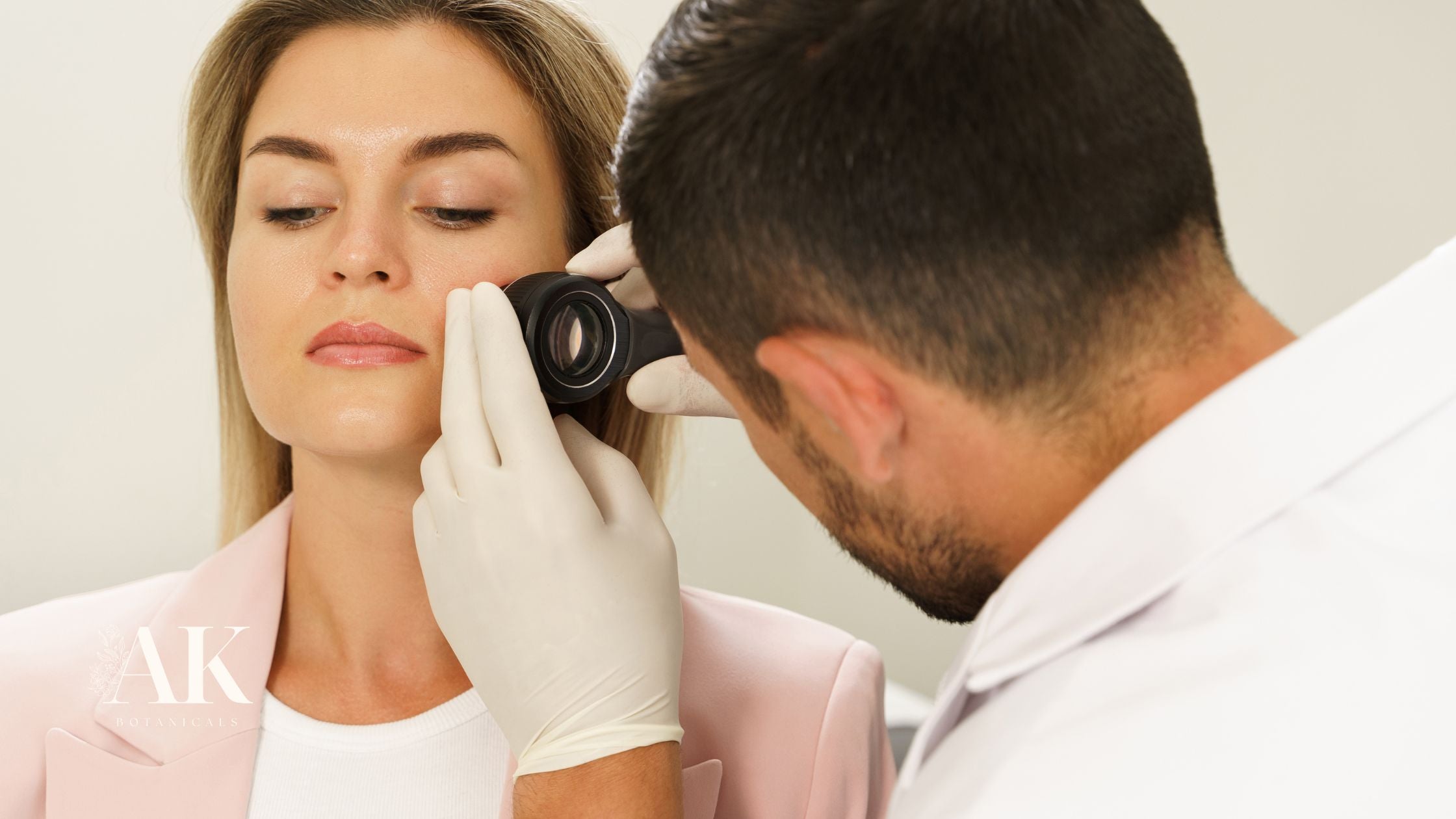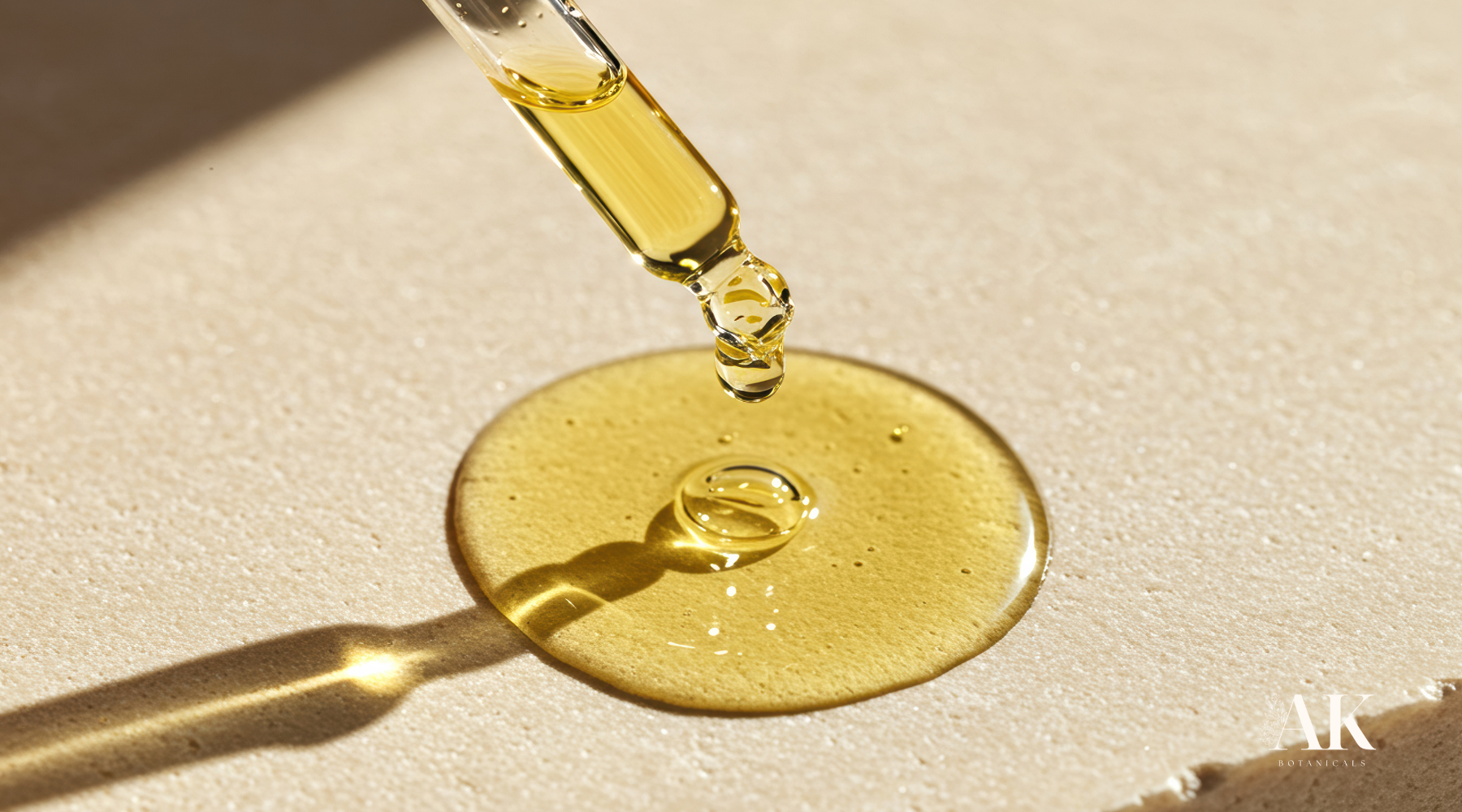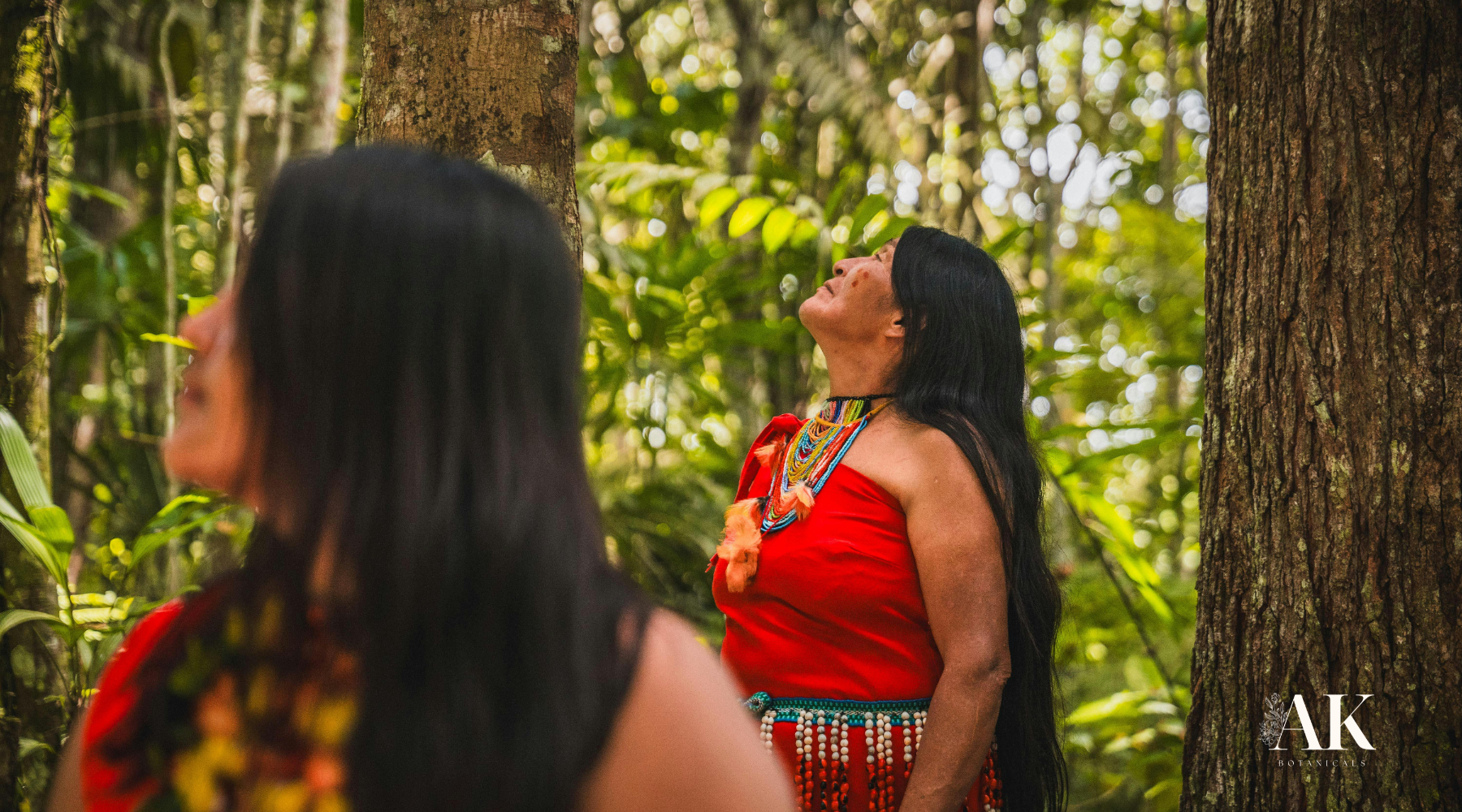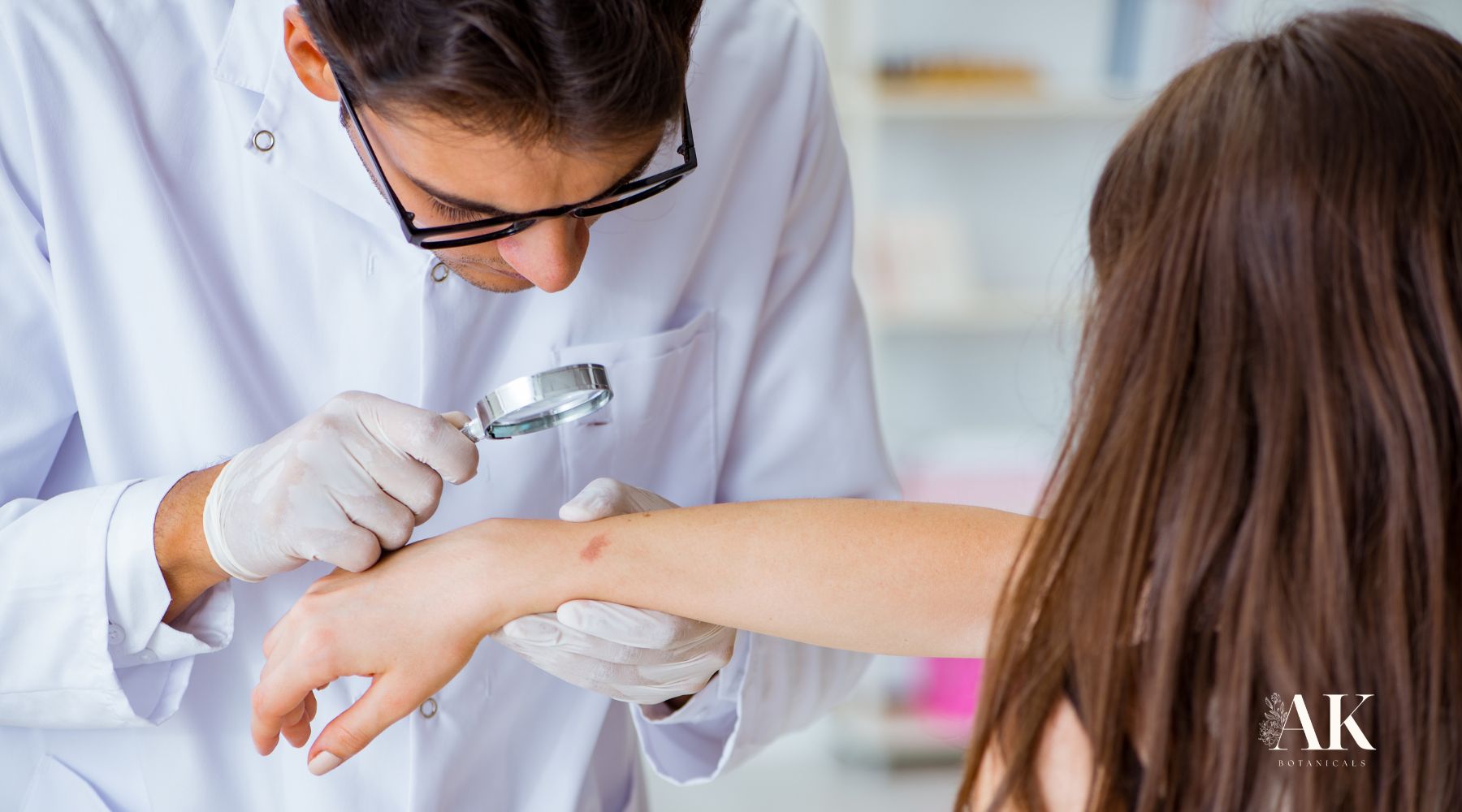
Understanding Basal Cell Carcinoma: A Holistic and Medical Approach to Prevention, Skin Health, and Integrative Cancer Care
Basal cell carcinoma (BCC) is the most common type of skin cancer, affecting millions each year. While typically slow-growing, this cell carcinoma can cause significant tissue damage if left untreated. Understanding both medical and holistic strategies for prevention and care is key to long-term skin health and cancer prevention.
What is Basal Cell Carcinoma? A Skin Health and Medicine Overview
Basal cell carcinoma is a type of cell carcinoma that begins in the skin’s basal cell layer. These cells produce new skin and help repair damage. BCC is a form of non-melanoma skin cancer and represents roughly 80% of all cell skin cancer cases.
It usually appears in sun-exposed areas like the nose, cheeks, and ears. While most basal cell carcinomas grow slowly, some variants - such as superficial BCC - may be misdiagnosed as skin cancer due to their subtle appearance. Early medical diagnosis is vital.
Recognizing Early Symptoms: Prevention-Focused Approaches to Skin Cancer
Symptoms of basal cell carcinoma vary depending on subtype, but typical signs include:
- A pearly bump with visible blood vessels
- A patch of skin that crusts or bleeds
- A small sore that doesn’t heal
- A scar-like lesion that appears waxy
This type of cell carcinoma rarely spreads to other organs but can destroy surrounding cell structures like nerves or bone. Recognizing early warning signs and seeking prompt medical attention can prevent complications and improve treatment success.
Regular skin examinations by a doctor are essential, especially for those with high risk factors. Individuals with multiple past BCCs may benefit from annual checkups.
Basal Cell Carcinoma Stages: Medical Insights for Holistic Cancer Prevention
Staging a basal cell carcinoma involves evaluating the size, depth, and potential spread. Many patients present with superficial BCC, which affects only the outer layer of skin. Others may have nodular or infiltrative types that grow deeper.
Stage I–II: Limited to the skin or nearby tissues
Stage III–IV: May involve nerves, muscle, or bone (rare)
Some cell carcinomas may exhibit aggressive behavior. An integrative cancer plan that includes medical care, diet, and immune support can strengthen outcomes.
Nodular BCC: Combining Medical and Holistic Care for Better Health Outcomes
Nodular BCC is one of the most common and visible forms of basal cell carcinoma. It often appears as a dome-shaped bump with a central indentation or ulcer. Left untreated, it can deeply invade the skin’s cell structure.
Effective treatments for nodular BCC range from Mohs surgery to photodynamic therapy. Many patients also turn to natural remedies to support healing, including calendula-based creams and nutritional protocols to rebuild damaged cells and strengthen immune function.
Facial BCC and the Importance of Prevention in Delicate Skin Areas
Basal cell carcinoma frequently develops on the face due to UV exposure. Common areas include the forehead, nose, and around the eyes. Because the facial area contains delicate cell structures, precise surgical treatments like Mohs are recommended.
Following medical procedures, skin-soothing botanicals like aloe and lavender can assist in recovery, offering comfort and reducing inflammation in surrounding cells. These holistic additions can enhance traditional medical care.
What Happens if BCC is Left Untreated? Preventing Advanced Complications Through Early Medical Care
Untreated BCC may invade deeper tissues, compromising nerves and bones. In very rare cases, these cell carcinomas may become locally aggressive and cause significant disfigurement. Patients with multiple or recurring BCCs are considered higher risk and require ongoing surveillance and skin cancer treatment.
Even when lesions appear minor - like in superficial BCC - they can evolve over time. Holistic support, including anti-inflammatory foods and guided meditation, can improve emotional well-being during treatment.
Treatment Options: Integrating Holistic Care and Medicine for Effective Skin Cancer Management
Basal cell carcinomas are among the most treatable cancers when caught early. Common treatments options include:
- Excision
- Mohs micrographic surgery
- Cryosurgery
- Topical agents like imiquimod or 5-FU
- Radiation therapy for inoperable BCCs
These medical procedures can be paired with holistic care strategies to reduce stress and inflammation. An integrative cancer approach can benefit patients physically and mentally, nurturing both skin and soul.
Prevention Strategies: Skin Health, Care, and Natural Approaches to Protect Your Skin
The best way to reduce your risk of basal cell carcinoma is prevention. This includes:
- Wearing broad-spectrum SPF
- Avoiding tanning beds
- Conducting regular skin examinations
- Eating a diet rich in antioxidants
- Supporting skin cell repair with omega-3s and zinc
For those who have previously had BCC, combining medical monitoring with lifestyle-based prevention methods is key to minimizing future risk of cell carcinoma development.
Holistic Health and Medical Empowerment for Skin Cancer Prevention
At AK Botanicals, we’re committed to supporting your skin health journey with educational content and botanically inspired skincare products designed to nurture and care for sun-exposed skin.




